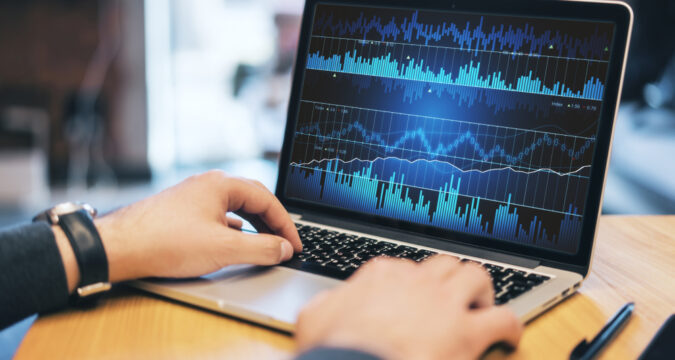
On Thursday, the US benchmark index managed to snap out of a losing streak that had been ongoing for the last four trading sessions.
The S&P 500 got a boost from a late rally on the day, as investors turned their focus on the jobs payroll data that was due for release on Friday.
The day’s market
Most of the trading session on Thursday saw equities trading lower, as data showed that there was a decline in weekly unemployment claims last week to a low of two months.
Furthermore, August also recorded a decline in layoffs, which provides support to the Federal Reserve’s case of continuing with its aggressive interest rate hikes to achieve a softer labor market.
Traders are now waiting for the nonfarm payrolls data that the Labor Department will publish on Friday, which would give more insight into the labor market.
Market analysts said that the market for the day was all about the data due on Friday and a rally was likely if the employment report turns out weaker, particularly where wages are concerned.
They said that similar to the Federal Reserve, the markets are keeping an eye on all data because it could give hints about the central bank’s movements.
Indexes mixed
Earlier in the session, the S&P 500 index had dropped to 3,903.65, but it managed to bounce back before the close.
There was a 0.46% increase recorded in the Dow Jones Industrial Average, which saw it go up by 145.99 points to reach 31,655.42.
A 0.30% gain in the S&P 500 saw it climb by 11.85 points to end at 3,966.85. But, a 0.26% drop in the Nasdaq Composite brought it down by 31.08 points to 11,785.13.
The last four trading sessions had seen the S&P 500 index lost almost 6%. The decline started last Friday when Fed chairman Jerome Powell turned out to be extremely hawkish.
He signaled that the US central bank was committed to fighting inflation as aggressively as needed, which was echoed by other Fed officials as well.
Sector performance
Even though the index did record gains, it was the defensive sector that took the lead. The sectors that led the upside were healthcare and utilities, with gains of 1.65% and 1.42%, respectively.
There was a 0.48% decline in the tech sector because of a 1.92% drop in the Philadelphia semiconductor index.
This was after shares of Nvidia Corp shed 7.67%, which weighed down the S&P 500 index the most. The chipmaker was subject to an export ban of some of its AI chips to China by the US government.
This also saw Advanced Micro Devices, one of its rivals, lose 2.99%. Other economic data showed that a rise in new orders and employment had resulted in manufacturing growth in August.
But, price pressures saw some easing for the month. Traders have already priced in a possibility of a 75 basis points increase by the US Fed in September.
The rates are expected to reach their peak in March of next year at 3.993%.


